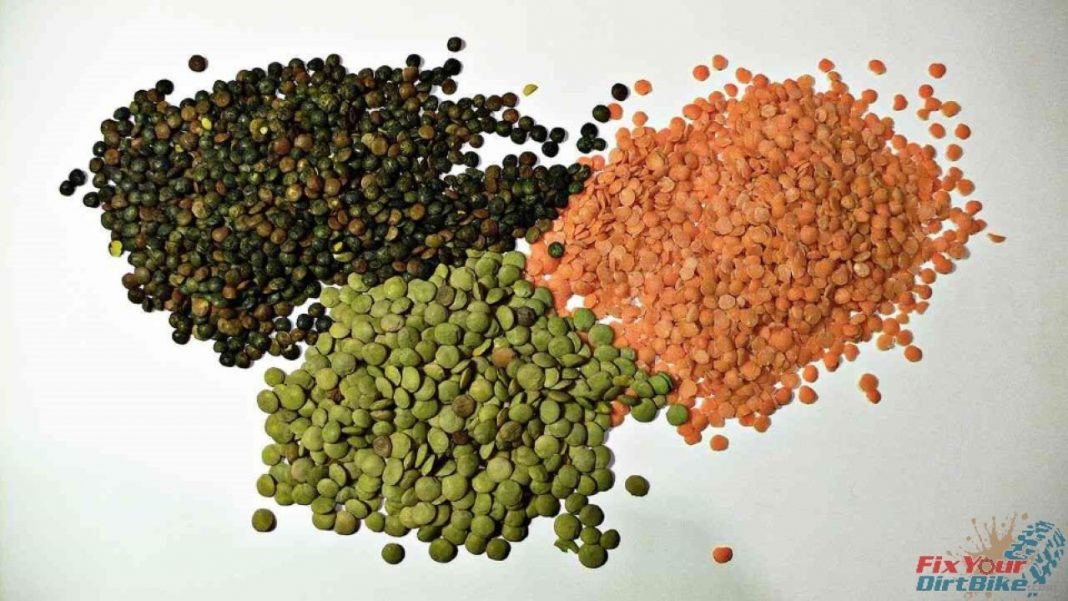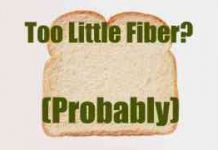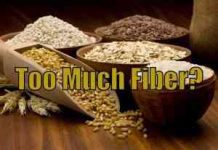Here’s my one-sentence strategy for getting your daily-recommended intake of soluble fiber from healthier sources:
Stay As Far Away From Processed Foods As Possible!
If you want only the best sources of fiber, it is that simple.
Highly processed foods (even those that claim to have “high fiber”) are infamous for canceling out the effects of the few beneficial nutrients in their ingredients.
That’s because the actual processing does one of two things (or often both): It removes or destroys most of the healthy vitamins and nutrients.
To add insult to injury…
The little bit of nutrition that does make it through the processing phase will mostly be ignored by your body, thanks to the excessive amounts of additives and preservatives present in the final product.
Here’s the bright side…
Getting your fill of fiber from good sources (which we’ll talk about below) gives you additional benefits on top of the excellent fiber content.
Here Are Just A Few Benefits Of Soluble Fiber
- Helps you consume more vitamins and nutrients that are important to your health and performance
- Reduces your risk of contracting diseases and certain cancers.
- It helps you minimize your consumption of harmful preservatives and additives.
Below, you’ll find what I consider to be some of the healthiest and most beneficial sources of soluble fiber that you can easily incorporate into your meal plan.
Related: What foods do good proteins come from?
The Top 8 Sources of Soluble Fiber
Raspberries: Just one cup of raspberries contains the same amount of fiber found in three slices of whole wheat bread. On top of that, they also provide over half of your daily recommended serving of vitamin C.

Avocado: One medium-sized avocado contains around 9 grams of fiber. It’s also one of the premier sources of monounsaturated fat – a nutrient that increases testosterone and promotes a healthy heart.

Pears: Eat an unpeeled medium-sized pair, and you’re feeding yourself 5.5 grams of fiber. You’re also loading your body with a healthy dose of vitamins B2, C, and E, potassium, and copper.

Healthy Grains & Beans
Flaxseeds: Just one tablespoon of flaxseeds contains approximately 2 grams of fiber. They’re also packed with heart-healthy Omega-3 fatty acids. Many consumers forego eating the actual seeds and use flaxseed oil instead.

Lentils: Lentils are a great source of not only fiber but also protein. One cup of these bean-like vegetables contains 15 grams of fiber and 12 grams of protein.

White Beans: Just one cup of cooked white beans (a.k.a. navy beans) gives you 76% of your daily recommended intake of fiber. They also provide your body with a significant serving of vitamin B1, protein, iron, and potassium – all of which are important for protecting your body, increasing your energy, and preventing heart disease.

Black Beans: On the opposite side of the color spectrum are black beans. They contain 15 grams of fiber in one cup and are high on the plant-based protein scale. Black beans are also a great source of flavonoids and antioxidants.

Brown Rice: While it’s not the most concentrated source of fiber, brown rice does contain 3.5 grams per cup (cooked). But what makes brown rice stand out is the health benefits it provides over both white rice and highly processed whole grain products.

Finding soluble fiber isn’t difficult, and if you do it right, it can taste good too!
If you have any questions or anything to add, please leave them in the comments or on our FaceBook page!
Keep Reading – Balanced Fiber Meal Plans





